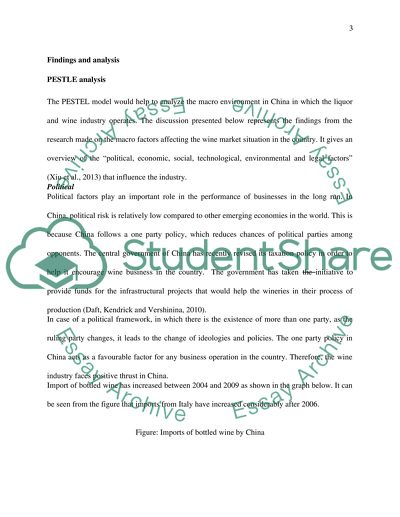Cite this document
(“A Marketing analysis of Italian wine in the Chinese market Dissertation”, n.d.)
A Marketing analysis of Italian wine in the Chinese market Dissertation. Retrieved from https://studentshare.org/marketing/1485119-a-marketing-analysis-of-italian-wine-in-the
A Marketing analysis of Italian wine in the Chinese market Dissertation. Retrieved from https://studentshare.org/marketing/1485119-a-marketing-analysis-of-italian-wine-in-the
(A Marketing Analysis of Italian Wine in the Chinese Market Dissertation)
A Marketing Analysis of Italian Wine in the Chinese Market Dissertation. https://studentshare.org/marketing/1485119-a-marketing-analysis-of-italian-wine-in-the.
A Marketing Analysis of Italian Wine in the Chinese Market Dissertation. https://studentshare.org/marketing/1485119-a-marketing-analysis-of-italian-wine-in-the.
“A Marketing Analysis of Italian Wine in the Chinese Market Dissertation”, n.d. https://studentshare.org/marketing/1485119-a-marketing-analysis-of-italian-wine-in-the.


